2017 ICEP OF THE AMERICAS:
30 Conductors, 7 Countries, Limitless Possibilities
The February 2017 ACDA Choral Journal features the current ICEP Conducting Fellows from the United States and South America. These conductors represent not only the future of choral music in their respective countries, they are the standard-bearers for the next generation of choral musicians. A new generation of trailblazers who value scholarship, education, mentorship, and service as cornerstones of our ever-evolving profession.
At the heart of any exchange are the amazing individuals who donate countless hours of service to administer these programs. For the 2017 ICEP of the Americas, ACDA has been fortunate to collaborate with outstanding choral leaders from South America who have supervised all aspects of this year’s ICEP exchange in their own respective countries. ACDA recognizes our partners from South America who continue to champion the choral music profession as they create opportunities for the next generation of leaders from Argentina, Brazil, Costa Rica, Guatemala, Mexico, and Uruguay.
Eduardo Lakshevitz – ICEP Coordinator for Brazil
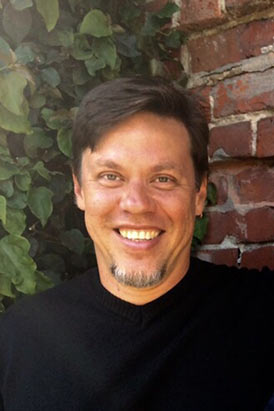
Oscar Escalada – ICEP Coordinator for Argentina and Uruguay
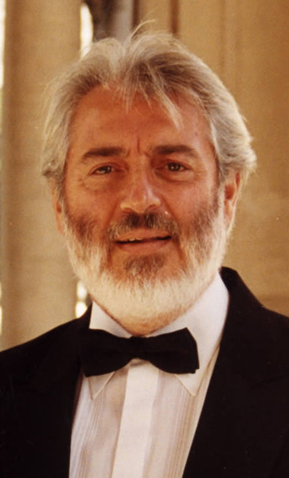
David Ramirez & Dr. Bill Belan – ICEP Coordinator for Costa Rica and Guatemala
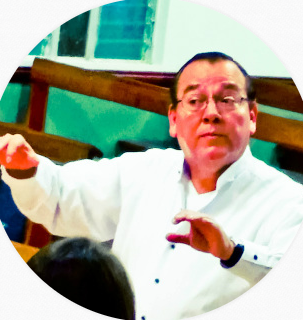
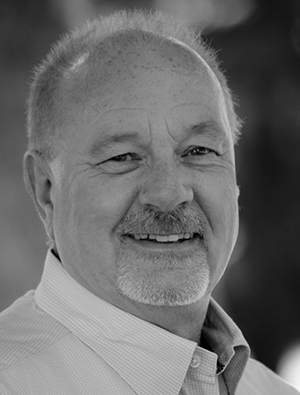
Jorge Cózatl – ICEP Coordinator for Mexico
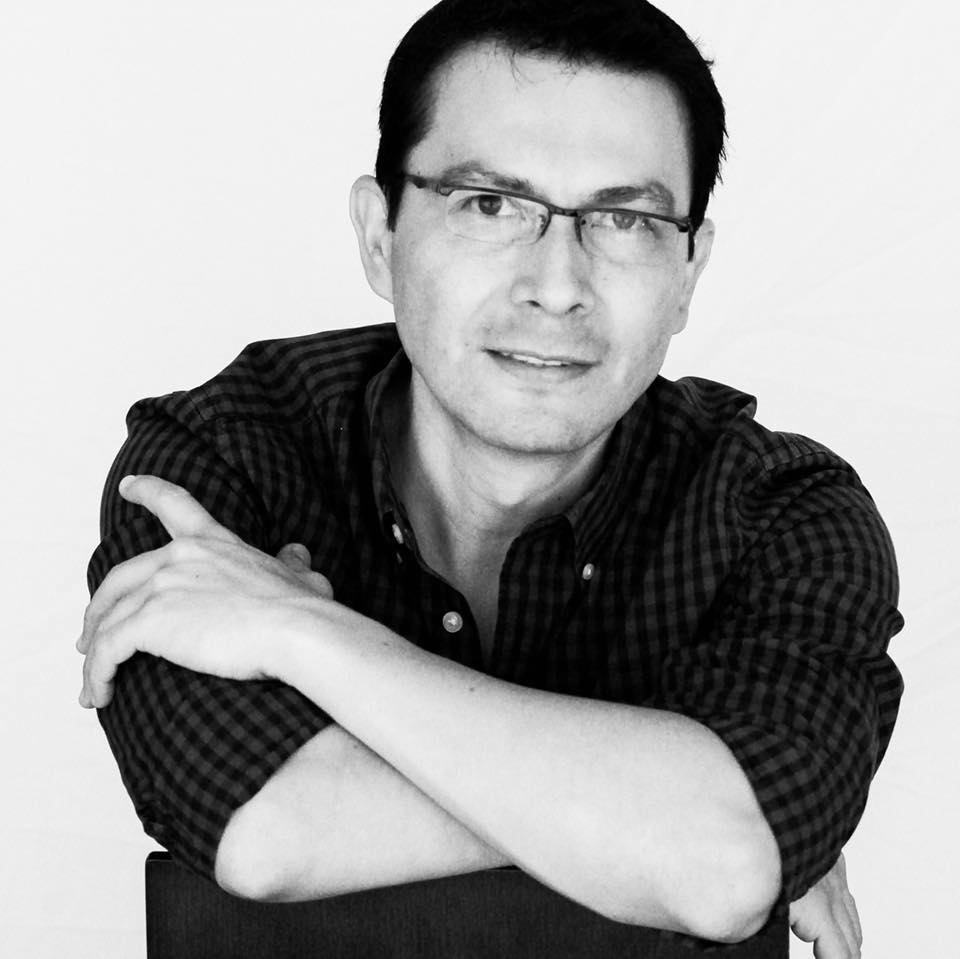
And just in case you missed article in the February 2017 Choral Journal or the recent postings on the ICEP Facebook Page, here is the list of outstanding group of 2017 ICEP Conducting Fellows:
UNITED STATES
Dr. Alan Stevens, Dr. Arian Khaefi, Dr. Bradley Miller, Dr. Caron Daley, Dr. Jose ‘Peppie’ Calvar, Joseph Osowski, Dr. Matthew Erpelding, Dr. Nicholaus Cummins, Dr. Nicolas Dosman, Dr. Paul Hondorp, Dr. Phillip Shoultz, Sara Durkin, Dr. Sherrill Blodget, Dr. Trent Brown, Dr. Wendy Moy
SOUTH AMERICA
Ana Laura Rey (Uruguay), Camilo Santostefano (Argentina), Emiliano Linares (Argentina), Rodrigo Faguaga (Uruguay), Santiago Serna (Argentina), Virginia Bono (Argentina), Bianca Malafaia (Brazil), Eduardo Nobrega (Brazil), Jose Alberto Corulli (Brazi), Tarik Bispo (Brazil), Abraham Tinoco (Mexico), Julio Morales (Mexico), Fabian Vargas Castillo (Costa Rica), Susan Hernandez Oses (Costa Rica), Dulce Maria Santos (Guatemala)
If you are interested in learning more about the International Conductors Exchange Program or how to become involved with the conductor exchange in 2017, please contact Dr. T. J. Harper, Chair of the ACDA Standing Committee on International Activities: . Please consider joining our ICEP group on Facebook or the ICEP Choralnet Community (choralnet.org/home/280632) for the latest news and information about the upcoming exchanges.


Leave a Reply
You must be logged in to post a comment.